
How to pack and use bespoke boxes and crates
Using bespoke boxes and crates
Bespoke boxes and crates are expensive, but can provide one of the best forms of protection. This method is particularly beneficial when objects are traveling long distances, or to multiple locations, for example an object that is loaned frequently or objects in a touring exhibitions.
Bespoke boxes and crates with carefully cut plastazote inserts and fixtures securely hold objects in place. The plastazote inserts and fixtures are designed to be removed and replaced during packing and unpacking. Their unique shape can mirror an object making it easy to locate an object within its crate or box. This kind of packing can be complex and is best accompanied with clear packing instructions to ensure the person working with the object is fully briefed on the design.
At National Museums Scotland, for complex crates travelling long distances, we procure an external contractor to make the crate exterior working to a design we specify. We then fit out the crate interior with bespoke fittings. The first time we pack the object, we create packing instructions which can be followed by our couriers travelling with the object or by the team at a borrowing venue.
The images below are examples of bespoke boxes and crates made for objects in our collection as well as example packing instructions.
Image gallery
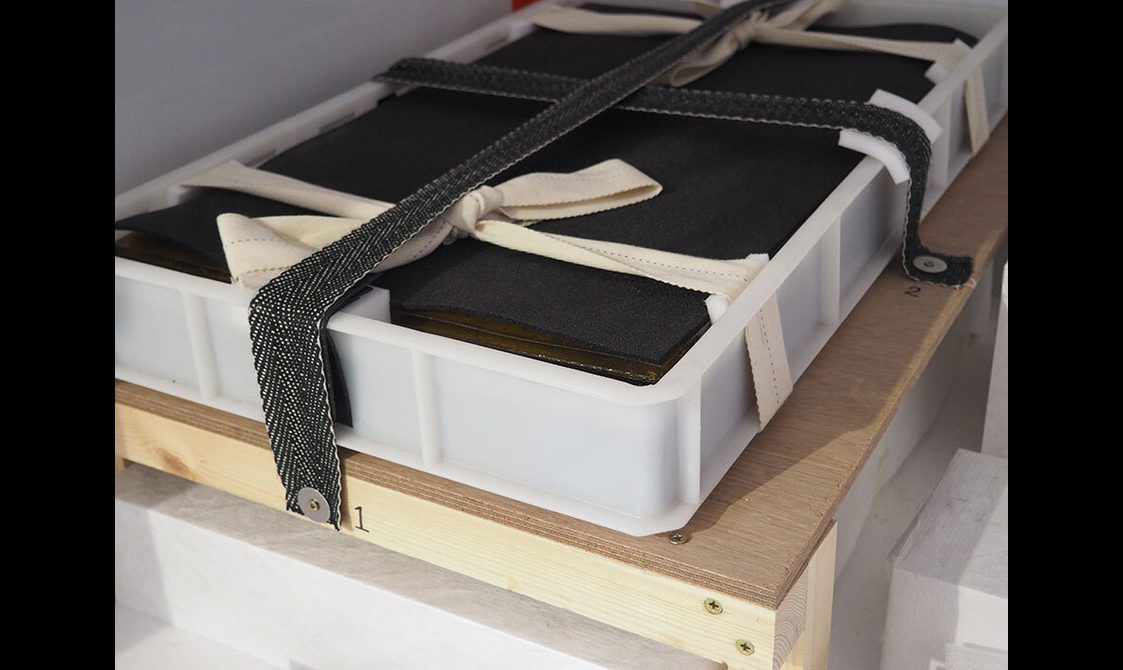
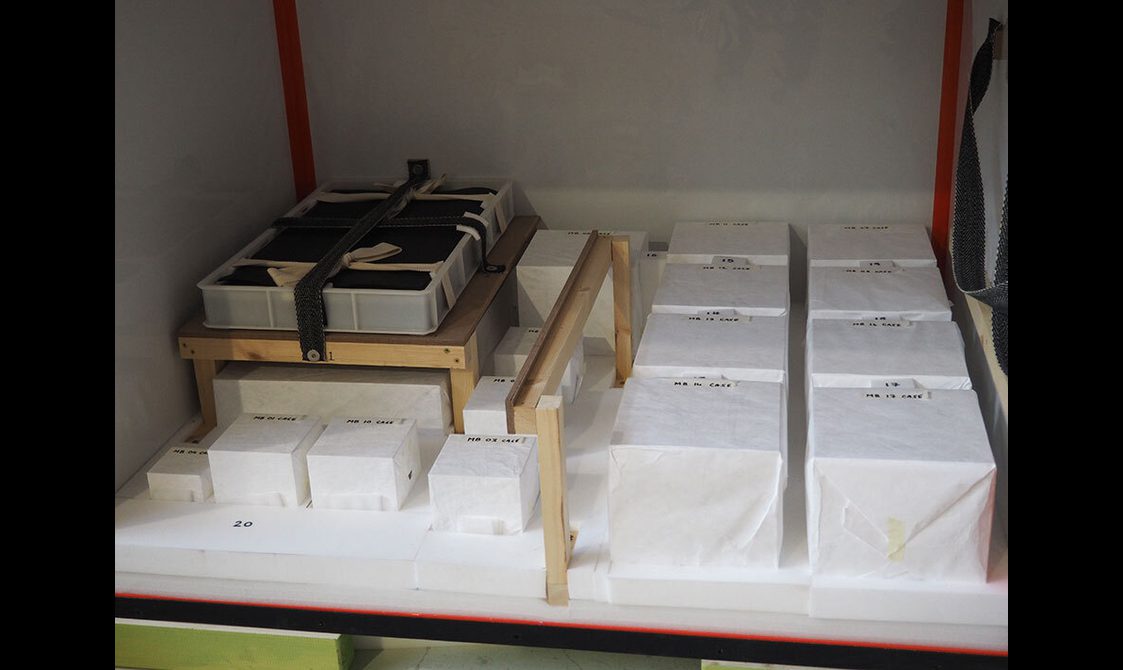
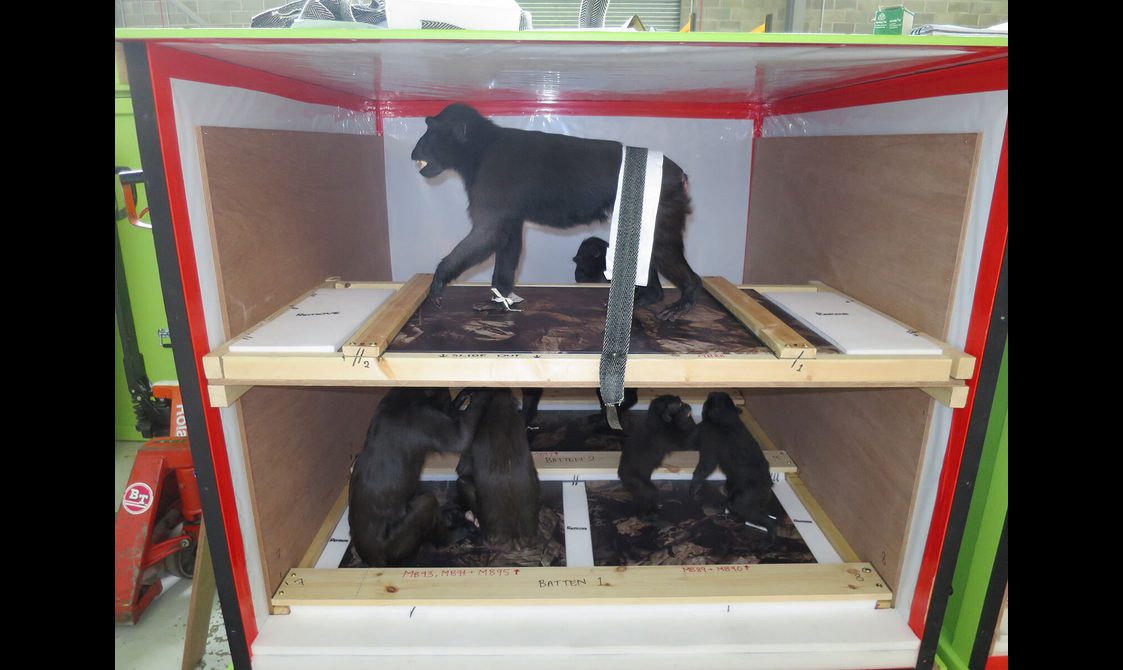
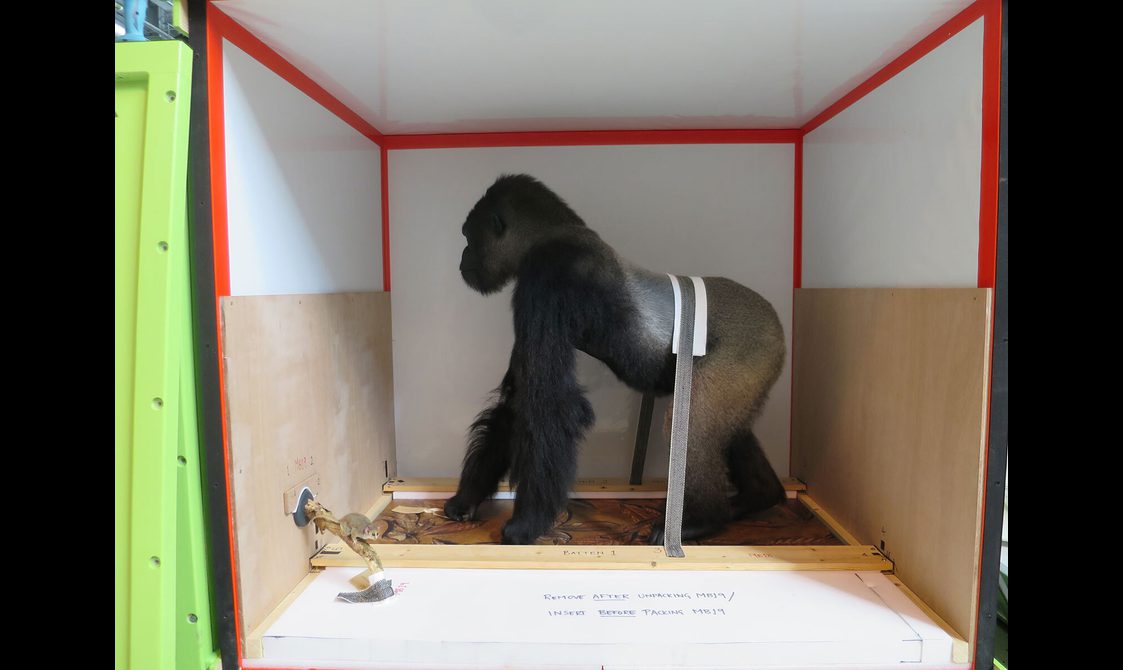
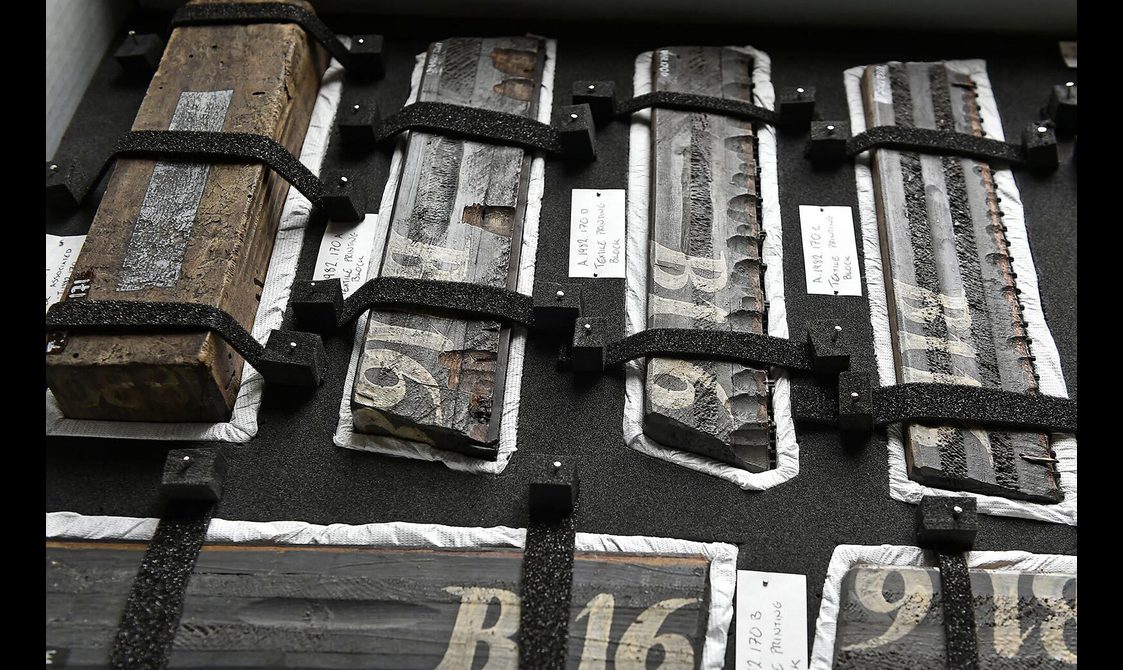
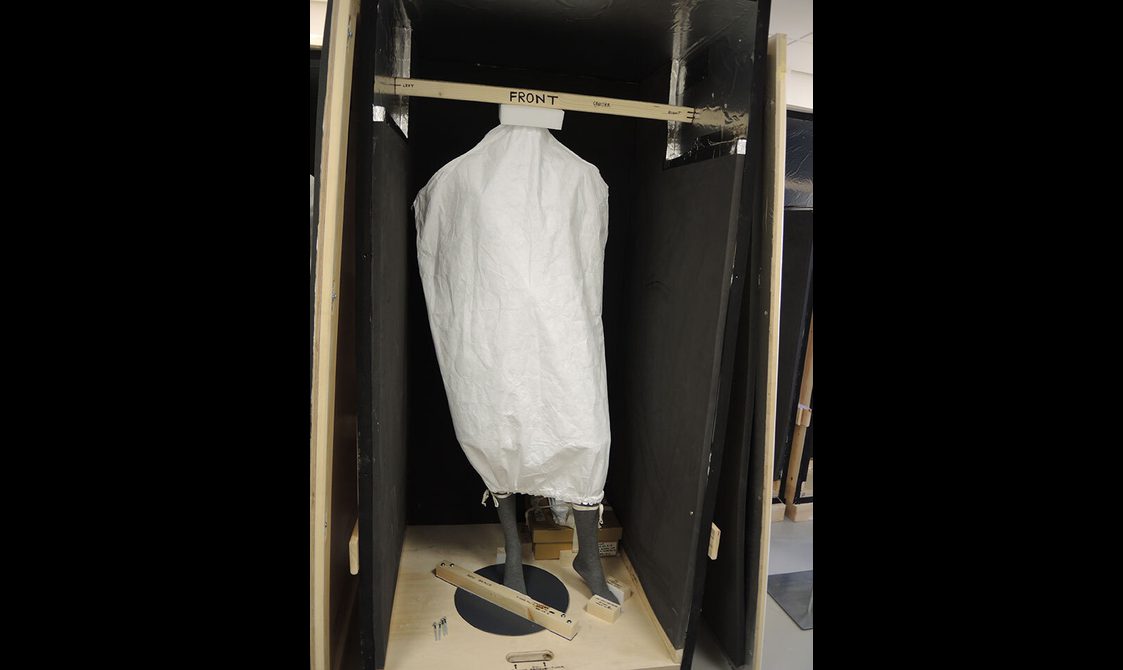
Download example packing instructions
Download these example packing instructions for guidance.